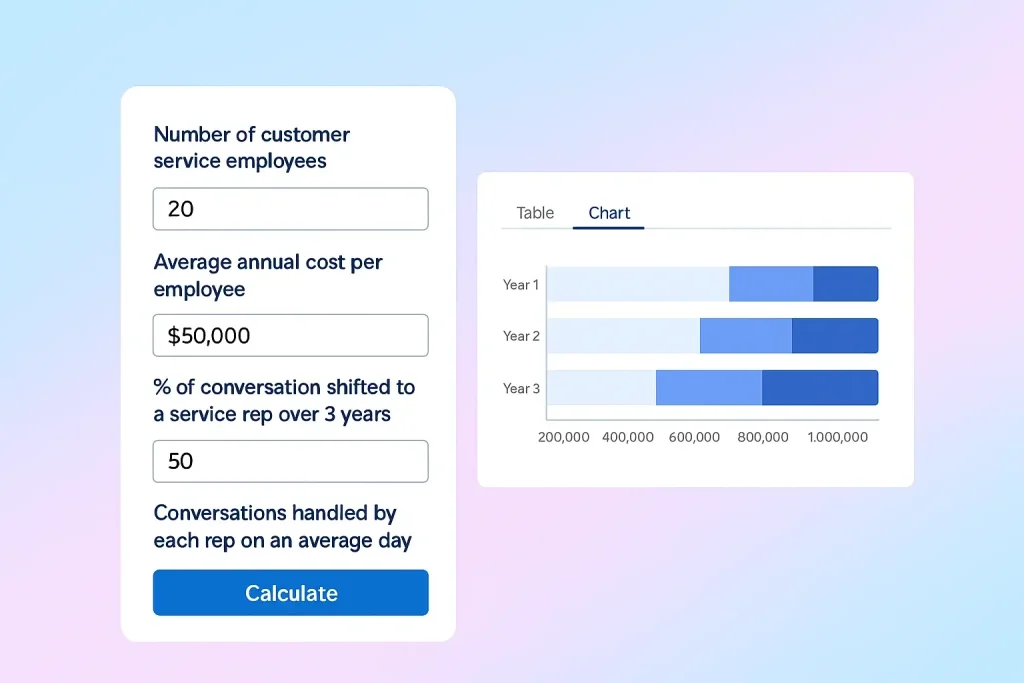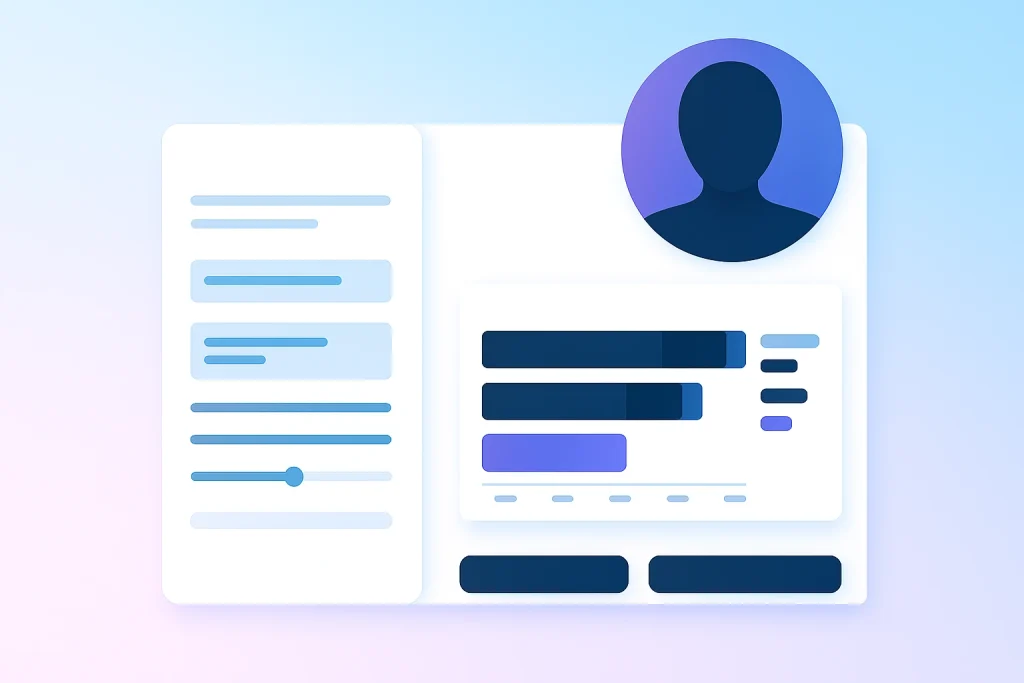Agentforce Deflection Rate ROI helps reduce support workload by solving repeat tickets with real answers, improving service quality and saving costs daily.
 Shyam Agarwal
Shyam Agarwal Whether you're looking to optimize your Salesforce solution or need custom development, our team is here to help you unlock the full potential of Salesforce.
If your support team answers the same questions every day, you are not alone. Most growing businesses become overwhelmed with repeat tickets. These can range from “Where is my order?” to “How do I reset my password?” While these questions are not difficult, they accumulate quickly.
That is why teams begin exploring automation – not just the kind that replies, but the kind that solves problems and saves resources. This is where Agentforce Deflection Rate ROI becomes more than a technical term. It demonstrates how much real work your team can avoid without reducing the quality of support.
But before investing in another tool, it is fair to ask: Does it save enough to be worth it?
The deflection rate is the percentage of support conversations resolved without requiring intervention from a human agent.
Suppose 100 customers reach out. If the Agentforce AI chatbot fully handles 25 of them, your deflection rate is 25 percent. This means 25 people received what they needed without waiting, follow-ups, or adding to your team’s queue.
It is not about how many chats occur. It is about how many humans do not need to get involved.
To be clear, Agentforce Deflection only counts when the issue is resolved. If a bot provides a generic answer and the customer still needs to speak with a representative, it does not count.
Deflection Rate:
This is the percentage of customer interactions handled without an agent’s intervention. It may involve automated systems answering questions, directing customers to knowledge base articles, or guiding them through a self-service portal.
ROI (Return on Investment):
ROI = (Savings from Deflection / Cost of Technology Implementation)×100
Savings from Deflection could include:
If Agentforce deflects 40% of customer queries that would otherwise go to agents, and the average agent costs $20 per hour, the savings can be calculated based on the reduction in agent hours. If the software costs $10,000 per year, you can calculate how much the company saves by deflecting customer interactions and determine whether the return on investment is positive.
AI chatbots are improving. They are faster, more polite, and can even understand customer intent. However, most still only scratch the surface.
For example, if you ask about a refund, a basic chatbot may check your order status, indicate that it is “being reviewed,” and suggest contacting support for further updates. Although it answers your question, it does not resolve your problem.
That’s not deflection; that’s redirection.
Agentforce works differently.
It connects directly to your internal systems, retrieves real data, checks your company’s rules, and provides a final answer. If the refund is approved according to the system logic, it will be processed automatically.
When the issue requires a human, Agentforce provides all the context to the agent, so customers do not have to repeat themselves.
The difference is clear: Other bots reply. Agentforce resolves. That is what makes its deflection rate valuable.

Let’s keep the math simple.
Imagine your team handles 10,000 tickets each month. On average, it costs about $5 per ticket, including salaries, tools, and overhead. This totals $50,000 per month to keep everything running.
Now, what if Agentforce handled some of those tickets automatically?
Now, let’s stretch that over a year:
Even with a lower deflection rate, the savings accumulate quickly, especially for teams with high ticket volumes. As the deflection rate increases, the return on investment grows even further.

Agentforce helps deflect routine or repeat tickets, allowing your agents to focus on more complex or valuable tasks. This enables your team to accomplish more without hiring additional staff. By making better use of current resources, you reduce staffing pressures and keep operations running smoothly.
Agentforce is available 24/7, even when your support team is offline. No extra night shifts or weekend coverage are required to answer common questions. Customers can get the help they need at any time, while you avoid the costs of overtime or additional staffing.
By deflecting routine tickets, Agentforce gives your agents more time to handle complex queries. This results in faster response times, allowing your team to meet service level agreements (SLAs) more often. As a result, your team can improve client satisfaction, reduce escalations, and increase client renewals.
New hires no longer need to memorize answers to every basic question. Since Agentforce handles routine inquiries, your team can focus on solving real customer problems. This accelerates onboarding and helps new agents become productive more quickly.
Ticket spikes no longer distort your team’s performance. With Agentforce deflecting part of the workload, metrics such as response times, backlog, and customer satisfaction are more accurate. This allows your team to plan more effectively and communicate clearly with leadership about real-time performance.
Customers are ready to buy but often encounter minor issues, such as a discount code not working or a simple product question. If the bot responds with, “Please wait while we connect you to an agent,” the opportunity may be lost, as customers could abandon their cart.
Agentforce engages in real-time, seamless conversations with customers, providing immediate answers. This ensures a smooth shopping experience, prevents cart abandonment, and helps close more sales.
Even a low deflection rate can provide value. For example, a 10% deflection rate on 10,000 tickets results in 1,000 fewer replies for your agents. This is nearly a full-time agent’s workload saved. The time saved can be used to address more complex issues, provide quicker responses, or enhance other support channels.
Low deflection usually indicates:
Enhancing AI integration with your systems and expanding its conversational capabilities can increase deflection rates and boost your ROI.
Deflection rate isn’t just a support metric. It’s a clear path to more substantial ROI.
When Agentforce handles repeat questions, your team saves time, customers receive faster answers, and your business saves money. Even a slight shift in deflection rate reduces workload without compromising support quality.
That’s how ROI manifests in daily operations: fewer delays, better service, and money saved where it matters.